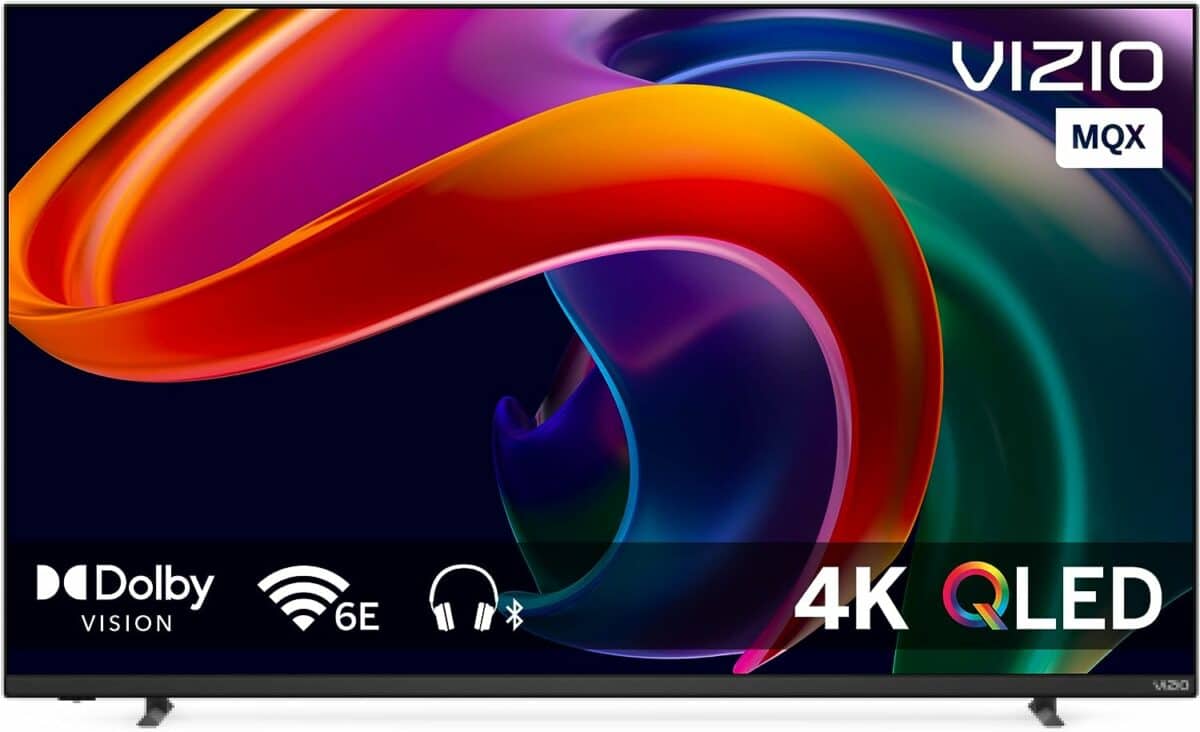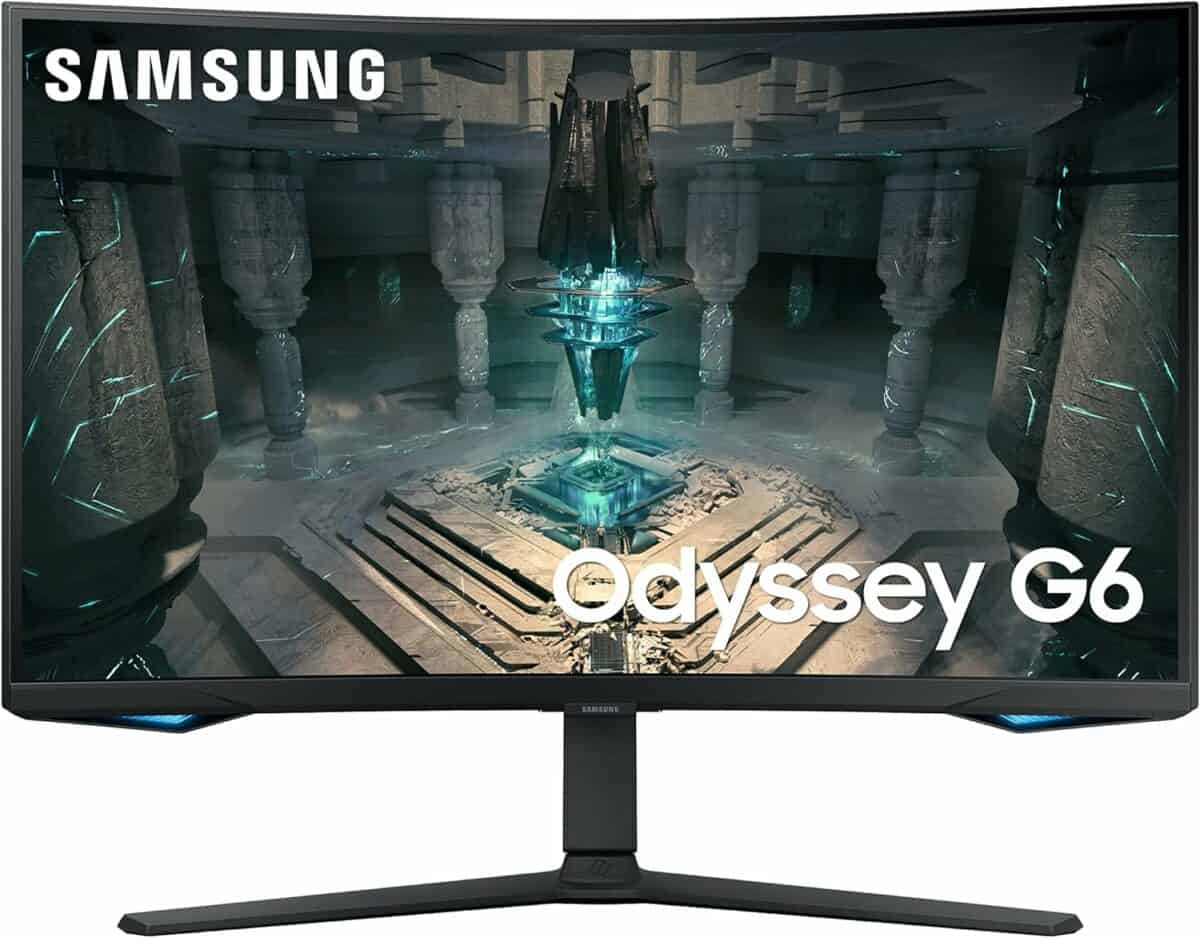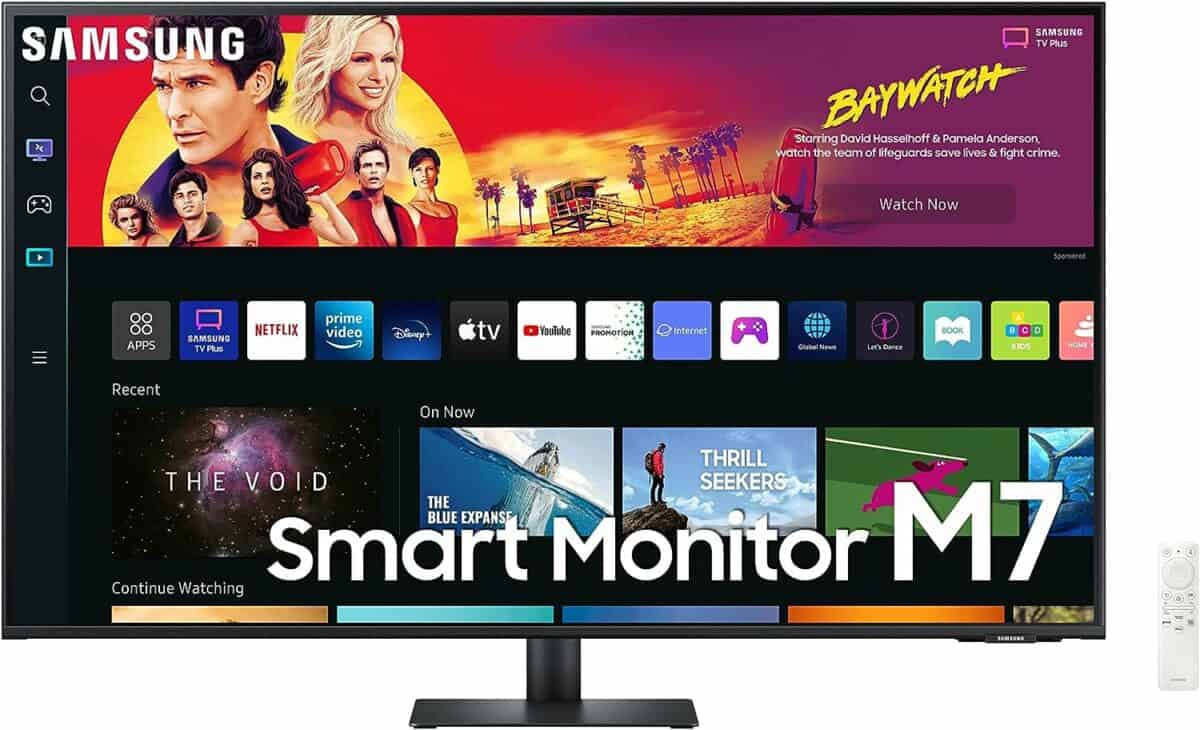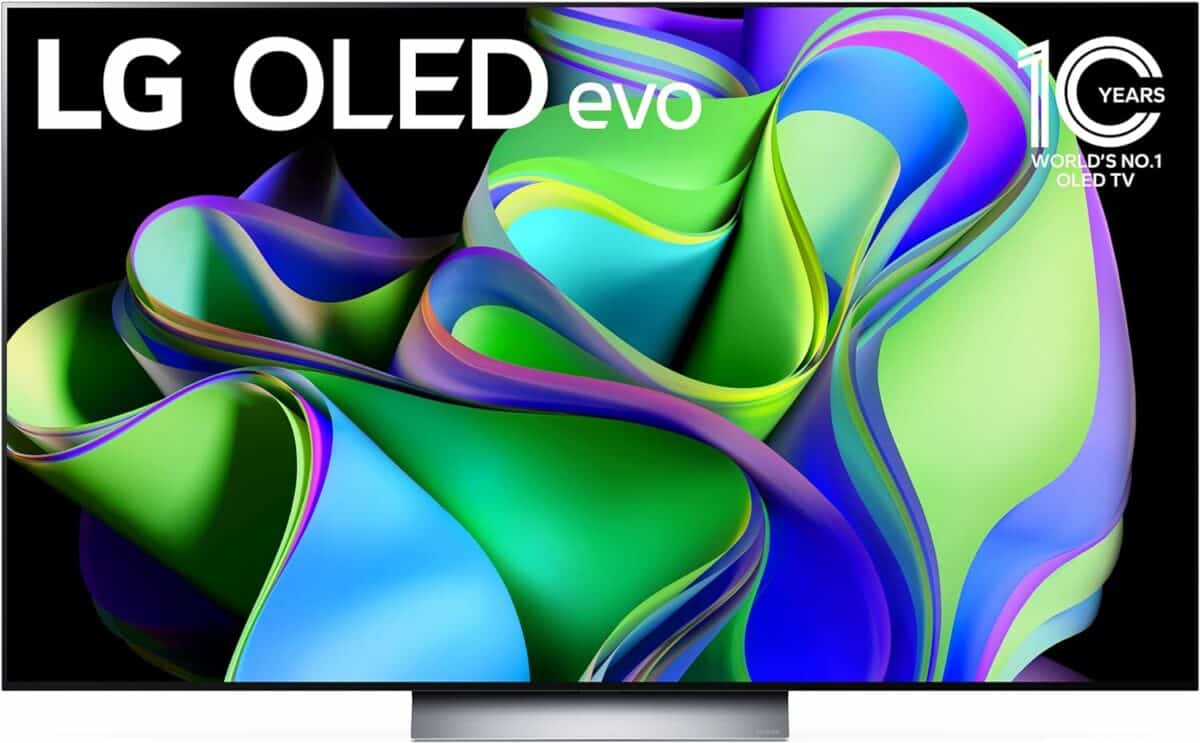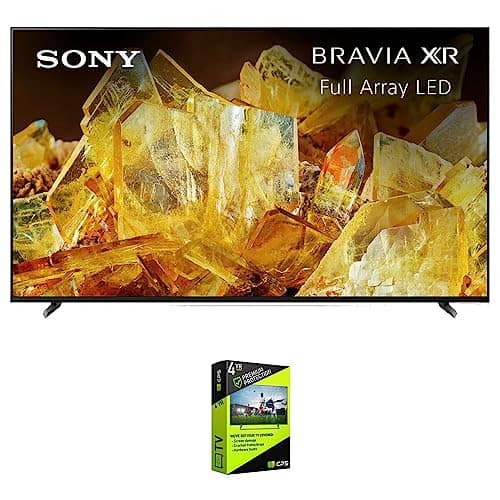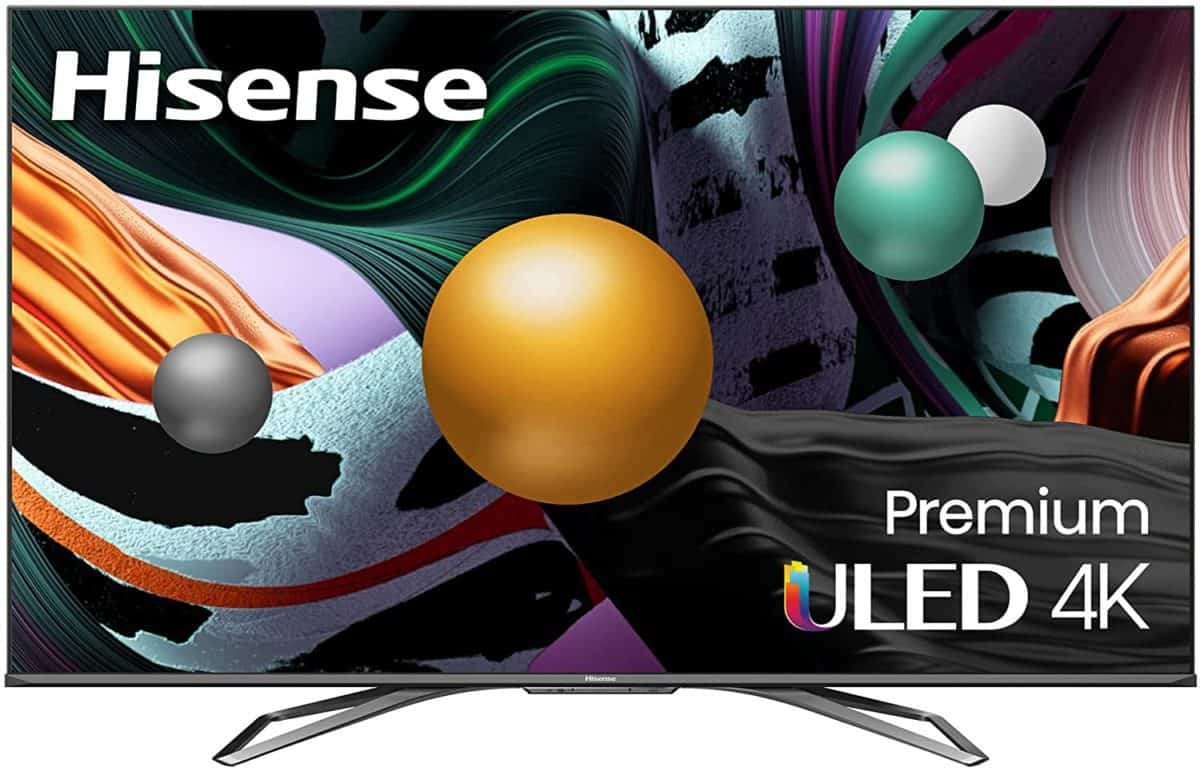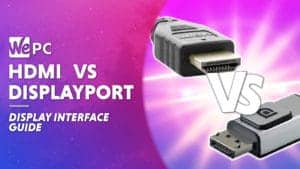HDR10 vs Dolby Vision – which HDR format is better?
The fundamental differences that separate HDR10 and Dolby Vision
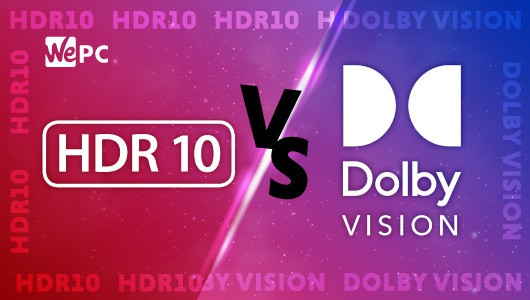
WePC is reader-supported. When you buy through links on our site, we may earn an affiliate commission. Prices subject to change. Learn more
As display technology has evolved, High Dynamic Range (HDR) has become a much more important consideration when choosing your next TV or monitor. The quality-enhancing technology has improved exponentially since its first implementation into consumer displays, with a number of different HDR formats now available to manufacturers.
With several different HDR standards to choose from, we’ll be taking a closer look at the key differences between the two most widespread variations – HDR10 vs Dolby Vision. We’ll be unearthing all the pros and cons behind the two main HDR formats to enable you to make a more informed decision on your next TV or monitor purchase.
Before we dive into the main differences between HDR10 and Dolby Vision, we have to understand what HDR and HDR metadata are – don’t worry, we’ll make it quick.
HDR (High Dynamic Range)

HDR, or High Dynamic Range, is a technology used within modern displays to essentially increase the color recreation of the panel in question. By utilizing HDR, a TV or monitor can support a higher peak brightness, wider color gamut, and more subtle gradations between both color and luminance.
HDR Metadata
The metadata can be thought of as a manual that supplies the additional color information to the HDR TV, allowing it to display luminance variations throughout the piece of content you’re viewing (movie/TV show/game).
But, as we said earlier, there are several different HDR formats available – each offering its own unique set of pros, cons, data types, and hardware requirements.
HDR10 – what is it, and how does it work?
For all intents and purposes, HDR10 is the closest you’re going to get to an official HDR standard. It was first developed by the Consumer Electronics Association (CEA) and UHD Alliance in 2015 and is still the most common open HDR standard available. Unlike Dolby Vision, HDR10 is a completely free-to-implement technology that doesn’t cost manufacturers any additional premium to use.
For that reason, every TV that meets the minimum specification requirements for basic HDR will offer HDR10 support. Additionally, the same can be said for any HDR-capable content too – albeit with some degree of variation depending on what format it uses.
HDR10 is also considered the most basic form of high dynamic range, providing only ‘fixed’ metadata. As we mentioned earlier, metadata is the information used by both the content and TV to display additional detail to either end of the luminance spectrum. That said, by supporting ‘fixed’ metadata, your TV and the content being viewed are limited in the HDR optimization that it can display.
For example, during the entirety of a movie or TV show, luminance will change dramatically depending on the scene. If you have fixed metadata, your TV won’t be able to dynamically adjust the image based on the luminance of a scene – a feature that is available in more ‘premium’ HDR standards.
Like most HDR formats, HDR10 is not backward compatible with SDR – meaning you will need an HDR-capable display to view HDR10 content. Fortunately, plenty of modern TVs and monitors support this basic HDR format – along with a plethora of major streaming services that include the likes of Netflix, Disney+, and Apple TV.
HDR10 monitors and TVs
Dolby Vision – what is it, and how does it work?
By contrast, Dolby Vision is a proprietary technology that is developed and maintained by Dolby Labs – a leading tech company within the audio and video space. The company that brought Dolby Atmos and Dolby Surround to fruition also provides the display industry with one of its most popular (and leading) HDR formats.

As we said previously, Dolby Vision is not a license-free product, meaning it will likely be an additional factor in the final price of a new TV or monitor. That said, the pros of DV seem to far outweigh the cons of the technology, with picture quality and life-like contrast/luminance being huge pluses for Dolby.
Additionally, Dolby Vision offers support for dynamic metadata, allowing video editors and film directors to customize HDR conditions on a frame-by-frame basis. Not only does this provide video editors with the luxury of displaying a scene as they truly intended, but it also supports the very best visuals possible.
Dolby Vision also provides excellent HDR standards, boasting the highest resolutions, peak brightness, and overall color gamut volumes – not to mention the lowest black depth and 12-bit color support.
TVs with Dolby Vision
HDR 10 vs Dolby Vision – what’s the difference?
Let’s take a quick look at the differences between HDR10 and Dolby Vision –
| HDR10 | Dolby Vision |
| Static metadata | Dynamic metadata |
| 10-bit color depth | Up to 12-bit color depth |
| Up to 1,000 nits brightness | Up to 10,000 nits of brightness |
| Widely supported by monitors and TVs | Needs specific Dolby Vision-enabled hardware |
| Delivers tweaked contrast and wider color gamut | Better optimized HDR experience and highlights |
Frequently Asked Questions
Is Dolby Vision worth it?
Whether Dolby Vision is worth it or not will depend on your requirements, preferences, and budget. If you compare Dolby Vision to HDR10, then the former is considered to be superior in terms of performance. You can expect better-optimized picture quality, better contrast, and overall improved highlights. However, not all displays are equipped with Dolby Vision support – so a TV with Dolby Vision can be expensive.
Are there any Dolby Vision gaming monitors?
At the time of writing, there are no Dolby Vision gaming monitors available on the market. As gaming monitors put more emphasis on higher refresh rates, low input lag, and faster performance, we are yet to see this HDR technology integrated into a gaming monitor. However, there are several HDR10 gaming monitors available on the market.
Conclusion
So, there you have it, our quick guide on the fundamental differences that separate two of the market’s leading HDR formats. Ultimately, Dolby Vision and HDR10 are two very different formats, with the former classed as the market’s most advanced HDR format.
If you want a superior, future-proof HDR experience and budget is not a concern, then you should consider investing in Dolby Vision. However, if you’re on a budget and not sure about compatibility, then HDR10 is a better choice.

